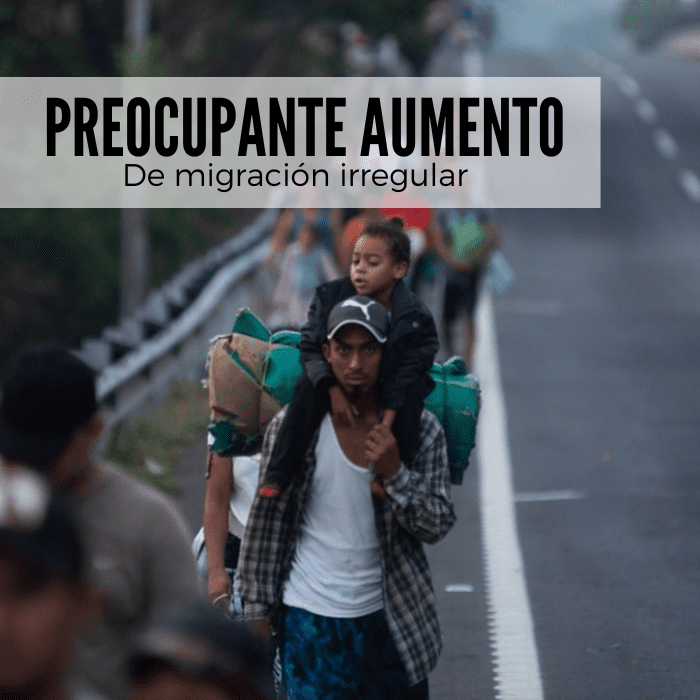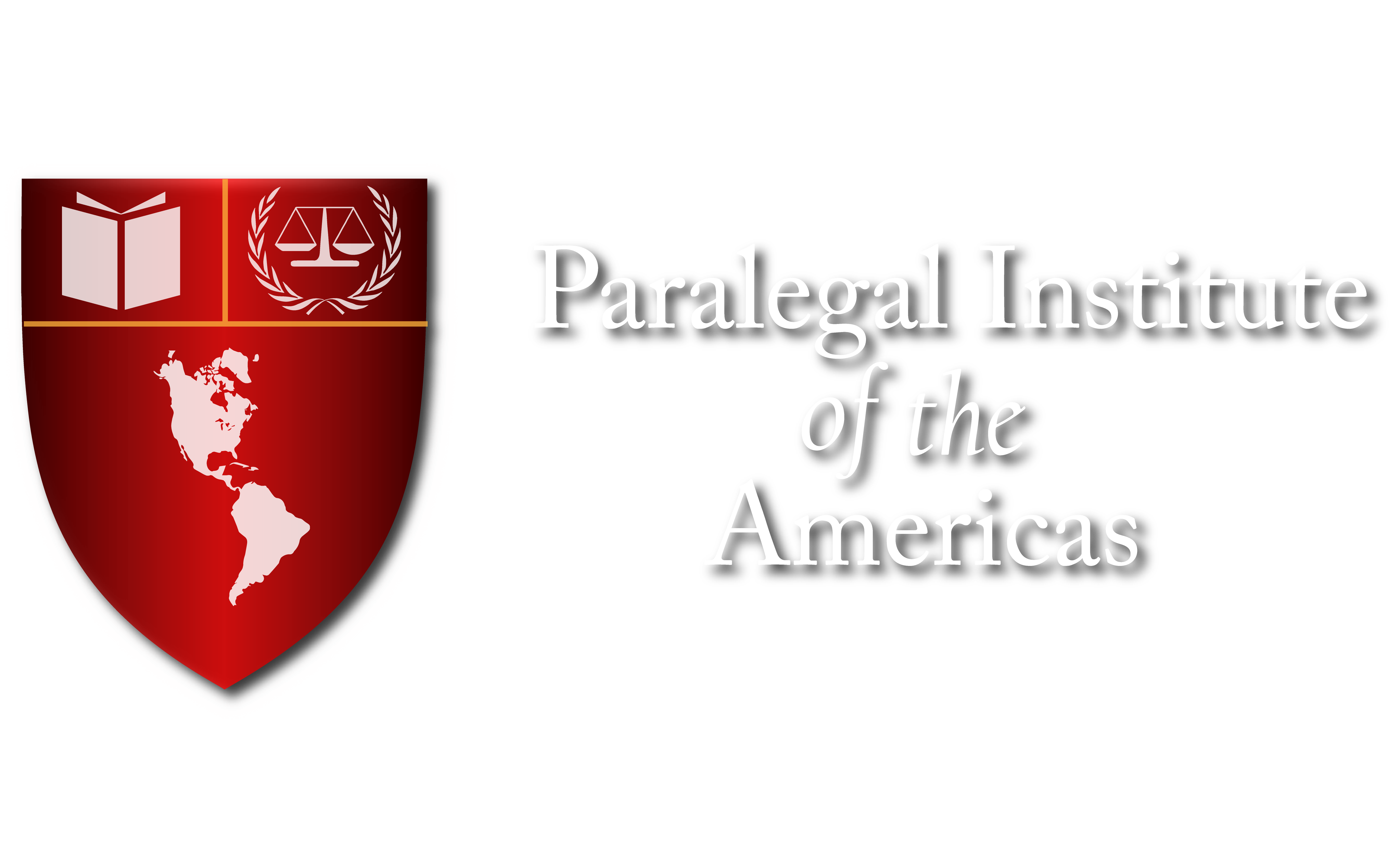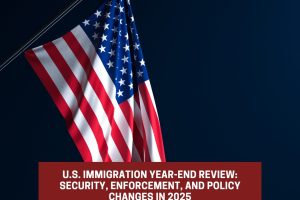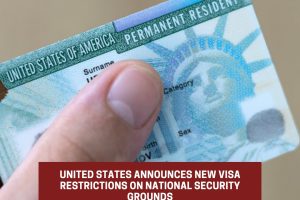
Increase of 31% in Irregular Migration: Challenges and Responses at the Mexico-United States Border
In a press conference last Wednesday, the President of Mexico, Andrés Manuel López Obrador, revealed a concerning 31% increase in migrant apprehensions at the United States border over the last month. This surge, supported by figures from the U.S. Border Patrol (CBP), coincides with the unilateral closure of three border points by the United States, further intensifying the situation in the region. We will delve into the figures, the actions taken, and the responses from both countries to this growing migratory challenge.
Alarming Figures: a Detailed Analysis
López Obrador presented staggering statistics provided by the CBP, indicating that border crossings increased from 53,016 in the first week of November to 69,462 in the first week of December. This represents a significant 31% increase. In December, there were 9,923 daily detentions, with 2,398 Mexicans and 7,525 from other nationalities, according to CBP data. Projecting these figures, the Mexican government estimates that up to 307,000 people could be detained at the border by the end of the year.
The United States took drastic measures by closing three border points: the bridge between Piedras Negras, Coahuila, and Eagle Pass, Texas, closed on November 27; the Sonoyta, Sonora, to Lukeville, Arizona crossing, closed on December 4; and the pedestrian crossing from El Chaparral, Tijuana, to San Ysidro, California, closed on December 9. These closures were justified by the increase in irregular crossings, and the CBP expressed the need to reallocate resources to handle the unprecedented migratory flow.
Reactions from the Mexican Government: Call for Normalization
In response to these closures, the Mexican government urged the United States to immediately resume operations at the affected crossings to avoid significant economic losses on both sides of the border. The Ministry of Foreign Affairs emphasized that unilateral measures would have a negative impact on regional trade and tourism.
López Obrador, while acknowledging the congestion at the border, tried to downplay the situation, stating that efforts are underway to resolve the issue. The president insisted on addressing the root causes of migration, emphasizing the importance of addressing the communities and hometowns of origin. He also mentioned that U.S. closures are sometimes due to a lack of sufficient personnel for customs control.
Challenges and Future Actions
This increase in irregular migration poses significant challenges for both nations. Tensions are expected to persist as leaders seek effective solutions. Mexico’s call to address the underlying causes of migration highlights the need for comprehensive approaches to tackle this complex phenomenon.
The situation at the Mexico-U.S. border reflects the complexity and urgency of addressing the migratory phenomenon. With border closures and increasing figures, both nations are expected to work together to find solutions that address both immediate challenges and the root causes of migration. The story continues to unfold, and the impact of these measures and responses will shape the course of the migration crisis in the region.
Source for this blog: ElPaís
If you want to learn more about these topics, visit the social media of Paralegal Classes and join our live sessions every Wednesday at 5:00 P.M.
Instagram: @Paralegalclases
Facebook: Paralegal Institute of the Americas
Youtube: Paralegal Institute
Tiktok: @Paralegalnews



